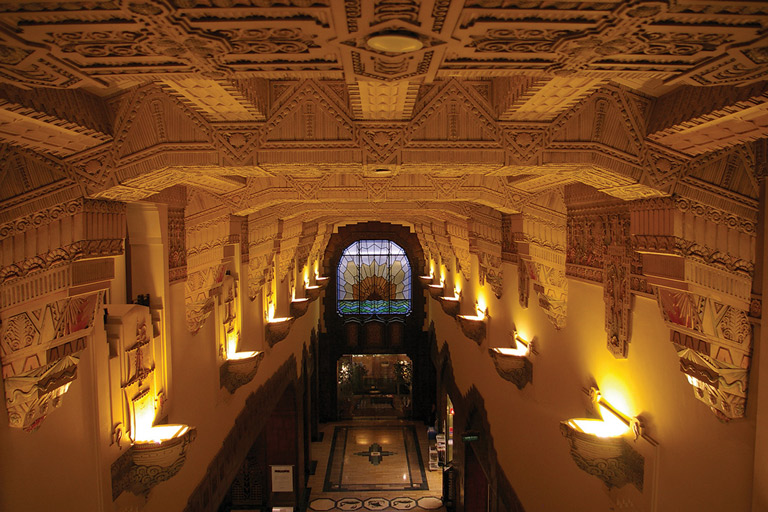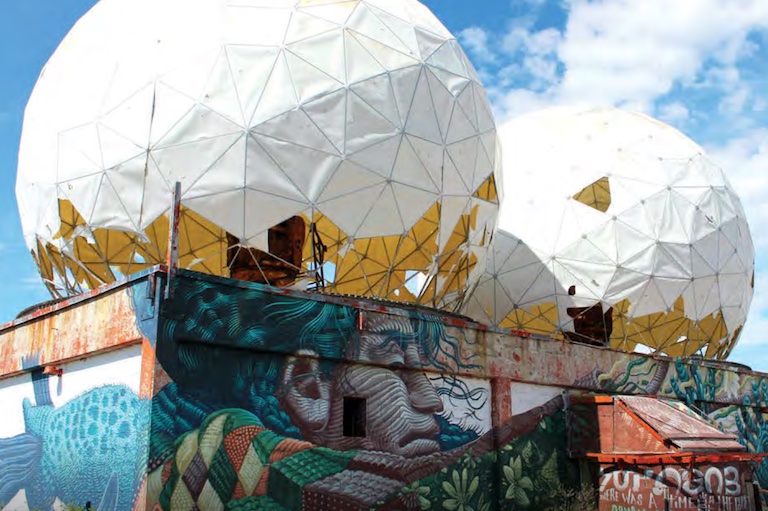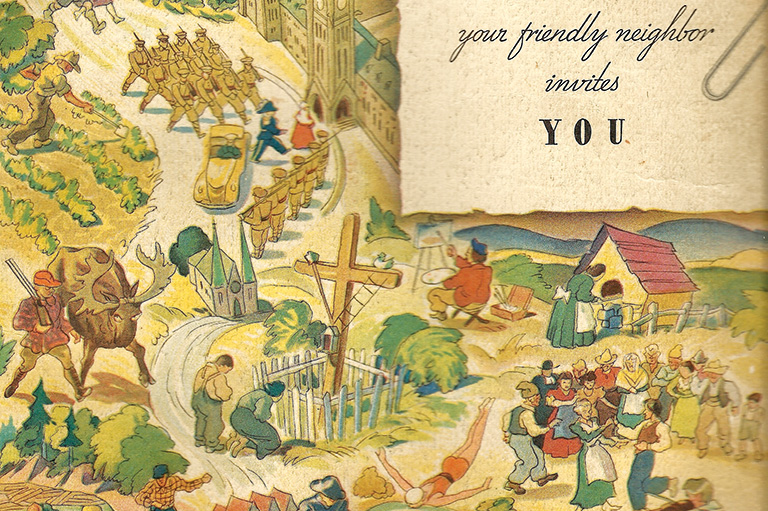Nature's Endless Splendour
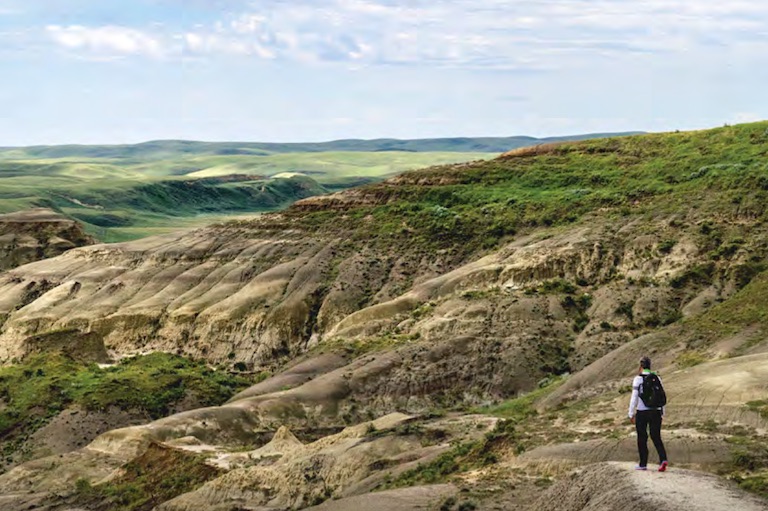
We thought we knew peace and quiet — after all, the four children in my family grew up roaming unsupervised on our eighty-hectare farm in central Ontario.
Two sisters now live in British Columbia, while my brother and I have settled not far from the home farm. Our trip to southwestern Saskatchewan was the first time we’d travelled together, and we opted to meet in the middle of the country to celebrate the youngest of us entering her fifties.
As kids we picked wildflowers and built little fires for roasting wieners, while in winter we hiked up and screamed down our own private toboggan hill at the back of the farm. But this — this is new.
An easy four-kilometre hike has taken us to a place where the view of waving grasses and valleys carved by glacial melt extends dozens of kilometres to meet the endless blue sky and its fluffy clouds.
The sign at the trailhead had urged us simply to enjoy the experience of the walk itself, rather than powering along to get to the end. So we amble along, noting unfamiliar flowers and rocks, and even cacti. The quiet is almost complete; there’s just wind and birdsong. The peace sinks into your bones.
Grasslands National Park makes you realize how very small you are, and how very vast and almost completely unchanged this ancient landscape is. Sure, we’ve passed tidy working ranches as well as a few other visitors and Parks Canada vehicles on the gravel Ecotour route through the park’s west block.
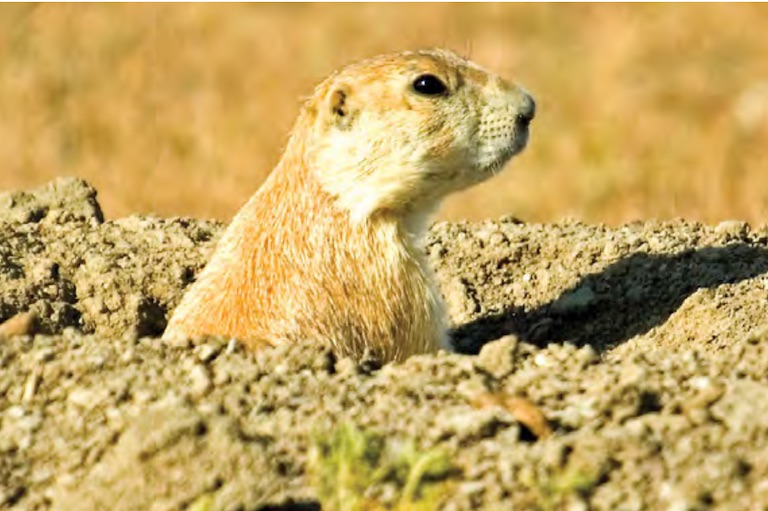
We notice a stone foundation and a portion of collapsed roof, which are all that’s left of one settler family’s ambitions. We pull out at several of the suggested stops, admiring a lone bison from a distance and a zillion hilarious prairie dogs from much closer.
We stop for longer at the site legendary rancher Walt Larson once called home. We try tossing a lasso over a sawhorse with fake horns attached, and we discover, unsurprisingly, that our Ontario farm experience slinging hay and herding cattle does not mean we’re skilled with a rope.
A short trail leads to the site of a barn Larson dug into the land that rises away from the Frenchman River; the shelter reminds me of the make-do ingenuity of every farmer I’ve ever known.
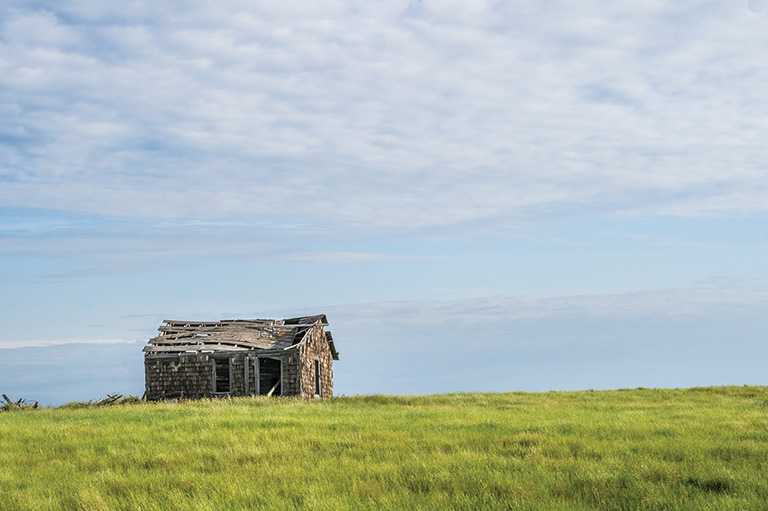
A little farther along the drive back to our accommodation in the village of Val Marie, we pull over again. Just a few kilometres from the Larson homestead, this site’s human story dates back thousands more years.
And, like so much of what we’ve seen today, the discoveries are especially meaningful precisely because they’re so easy to miss. (As one of my B.C. sisters muses, where she lives the mountainous scenery looms skyward; here in southwestern Saskatchewan the breathtaking river valleys and badlands stretch down, so that if you’re not paying attention you won’t see them at all.)
We scare some deer out of a coulee as we meander across the grassy plateau. Down around my feet I finally see what I’ve been searching for: partially buried stones curving into a circle, one of the park’s more than twelve thousand tipi rings.
Indeed, Grasslands is considered one of the most important sites of undisturbed pre-contact Indigenous heritage: First the Gros Ventre followed the bison here, and then the Assiniboine, Cree, Blackfoot, and Sioux. After the Battle of the Little Bighorn in 1876, Sitting Bull brought about four thousand Lakota here from what is now Montana. The area was also valuable to the Metis, who conducted their last-ever bison hunt near Val Marie in 1885.
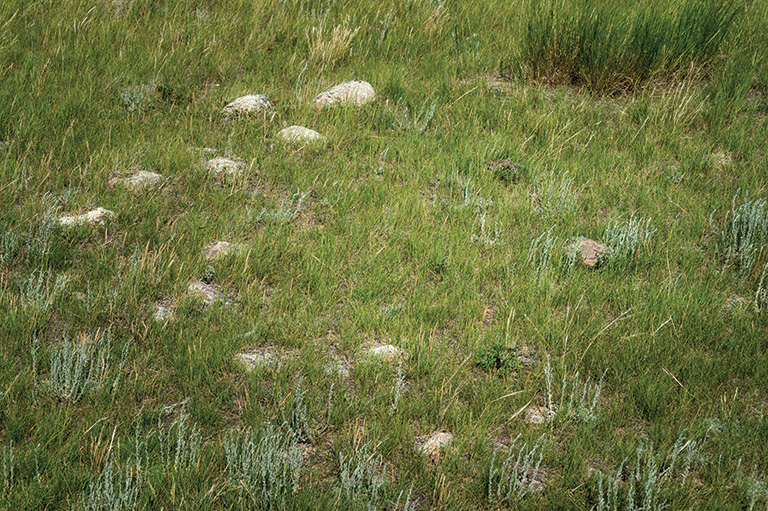
The next day, we head to the park’s east block, which is a good two-hour drive from Val Marie. I’m preoccupied by the fact that the park’s website describes the alarmingly named Valley of 1000 Devils Route we’re planning to hike as “very difficult.”
I mean, my sisters are from British Columbia, so they’re used to strenuous climbs, and my brother has always been game for any challenge. I love a good hike, but I’m not what you’d call hardcore, and the website worries me a little: “This route is a remote wilderness experience that requires preparedness, self-reliance and orienteering skills.”
By the time we enter the small park office to ask some questions, I’ve already realized that my siblings know enough — and are kind enough — that I needn’t be concerned.
I relax immediately when friendly Parks Canada staff members assure us that we’ll be fine as long as we have water; the trail is beaten down, and it’s easy to turn back when we’ve had enough. It turns out that a remote wilderness experience, like so much else in Grasslands, is not at all what we’re used to.
A non-strenuous hike takes us up and over a series of ridges to (and this area sure does tax the thesaurus listings for “vast”) a panoramic view of badlands in various shades of grey, black, rusty red, and white. The landscape stretches beyond human history into primordial upheaval.
I feel an actual shock of excitement when I see a set of black “stones” arranged in such a neat line that they just have to be the backbone of something ancient.
My younger sister makes agreeable noises, although I sense good-natured skepticism from my two older siblings. Whatever. We’re in the middle of a spectacularly rich fossil bed; the first recorded discovery of dinosaur remains in Canada took place right here in these badlands in 1874. I’m sticking to my story.
We say goodbye to Grasslands on a final driving tour of the Badlands Parkway, a rare paved stretch of road that makes it easy for everyone to enjoy gorgeous views while protecting habitat and archaeological sites.
We know we’ve experienced something profound, and not just because of the precious time spent together. Ten thousand years of human presence here is just a faint scratch on the timeless surface of a place that has been home to bison hunters, dinosaurs, and glaciers. In both time and space, it feels about as close as we’ll get in this lifetime to touching infinity.
If you go
Getting there:
The west block of Grasslands National Park is a three-and-a-half-hour drive southwest from Regina, or an hour and a half south from Swift Current, Saskatchewan.
When to visit:
The park’s visitor centres are typically open from May 1 through the Thanksgiving Day long weekend. (But check for possible closures due to COVID-19.)
Where to stay:
Services in the area are limited, so plan ahead. The village of Val Marie, Saskatchewan, just northwest of the park’s west block and home to the main park office, offers a handful of accommodation options along with a grocery store and a good Chinese-Canadian restaurant. Camping options within the park include sites with electricity, oTENTik cabins, and backcountry tenting.
Themes associated with this article
Advertisement

